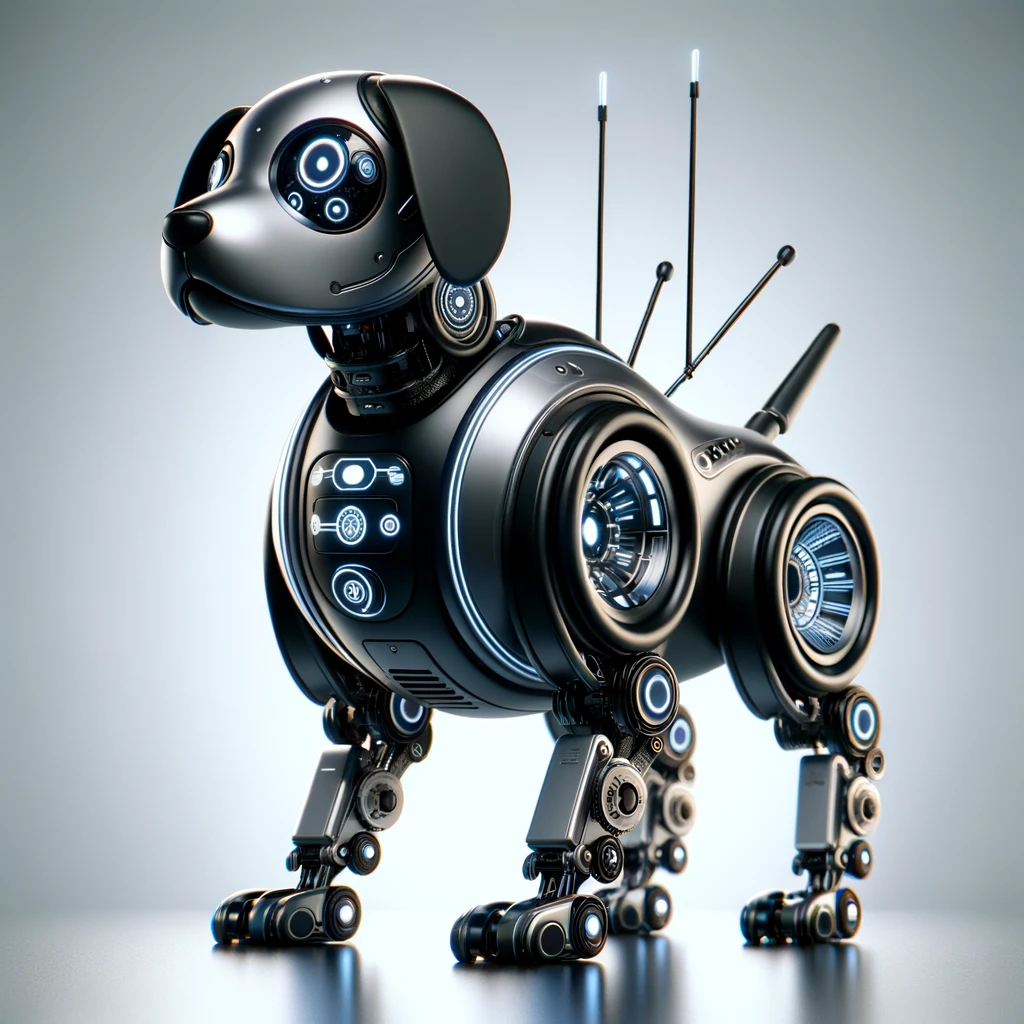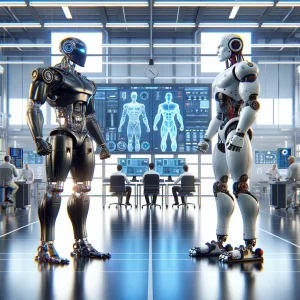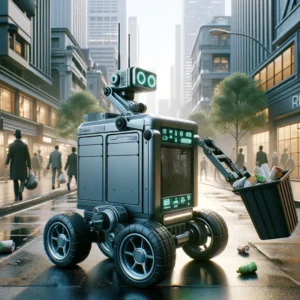
Guide Dogs 2.0
In the realm of assistive technologies, a revolutionary development is on the horizon: robotic guide dogs designed to offer independence and support to visually impaired individuals. While traditional seeing-eye dogs have been invaluable companions and helpers, the advent of robotic guide dogs promises to address several longstanding challenges, from accommodation restrictions to the extensive time and resources required for training.
Bridging Gaps with Innovation
For those unable to house a dog due to allergies, living conditions, or personal preferences, robotic guide dogs present a practical alternative. These robotic aids are being designed with the ability to perform many of the same functions as their living counterparts, such as navigating obstacles, guiding their owners through crowded spaces, and even responding to voice commands. However, they bring additional benefits that only technology can provide.
Overcoming the Training Bottleneck
One of the most significant advantages of robotic guide dogs is the elimination of the training bottleneck. Traditional seeing-eye dogs require months of intensive training—a process that cannot be rushed—leading to long waiting lists for those in need. Robotic guide dogs, on the other hand, can be produced on a larger scale and equipped with dynamic ‘training’ updates, ensuring they stay up-to-date with the latest navigation software and functionalities.
A New Model for Support
The introduction of robotic guide dogs also opens up new avenues for funding and support. Unlike living animals, governments and insurance companies may find it easier to subsidize or cover the costs of robotic aids. This shift could make these life-changing devices more accessible to a wider range of individuals, providing them with the support they need without the financial burden. The ability to shift these life changing tools into the realm of subsidized or insured support means enriching the lives of many thousands.
Dynamic ‘Training’ Updates
Another groundbreaking feature of robotic guide dogs is their ability to receive continuous updates, improving their functionality and adapting to new environments over time. This ensures that users always have access to the latest advancements in navigation technology, making their daily lives safer and more convenient. Imagine a robotic guide dog able to consult live maps of your neighborhood to plan the best route for their owners or dynamically react to sudden road closures. What about a robotic guide dog who when taken to a new location or country can update its internal map but also download a library of local emergency vehicles, road signs or even a language pack allowing it to serve its owner in ways a traditional guide dog could never dream of.
The Path Forward
As we stand on the cusp of this technological leap, the potential to enhance the lives of visually impaired individuals has never been greater. Robotic guide dogs represent a fusion of compassion and innovation, offering not just a tool for navigation but a companion designed to adapt to the needs of its user. Personally, I cannot wait to see how the concept of personal assistant robotics takes shapes, what morphologies might we see. The robotic guide dog is an easy concept for us to get our heads around but this rabbit hole goes deep, from Augmented Reality Bots analyzing our surroundings through worn sensors and making dynamic adjustments to your IOT semi-robotic footwear to change your gait, issue direction instructions or trigger a stop in the case of emergency.
Join Us on the Journey
The development of robotic guide dogs is just one example of how technology can transform lives. At The Singularity Watch, we are dedicated to exploring these innovations and their impact on society. Subscribe to our mailing list and join our member portal to stay informed about the latest in technology and assistive devices.
Together, we can navigate the new horizons of technology and accessibility, opening doors to a world where everyone has the support they need to lead independent and fulfilling lives.
-Ravi Baboolal
The Singularity Watch – Tracking The Impact of Innovation

